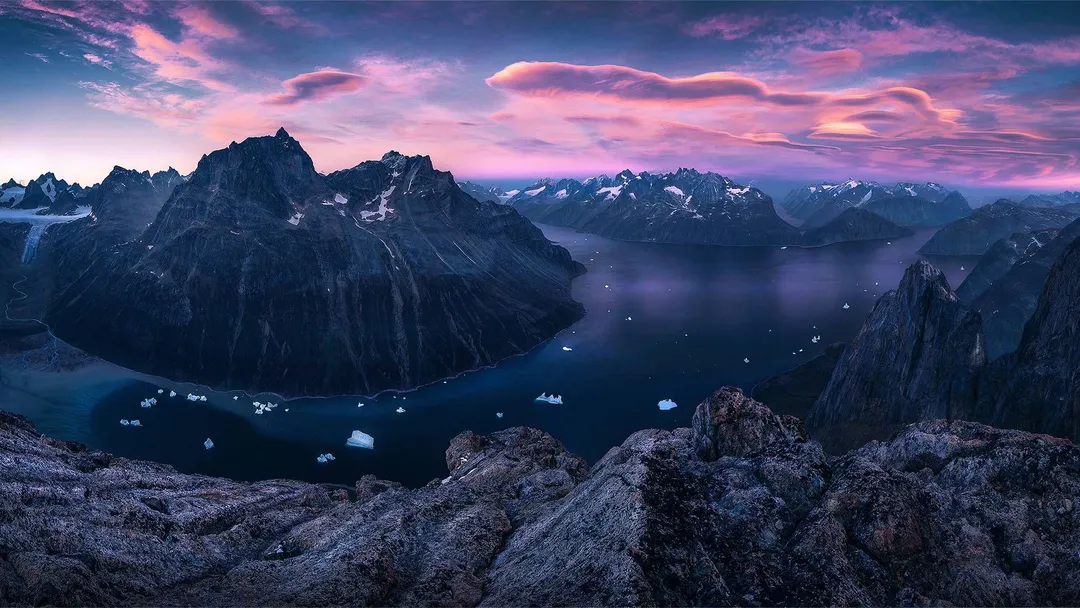Oguz Kaan Kısa · Feb. 4, 2021

Greenland is the largest island in the world. It is located in the north of the Atlantic ocean. Greenland, an autonomous region administratively dependent on Denmark, was discovered in the 9th century by Norwegian sailor Gunnbjorn Ulfsson. Shortly after, under the leadership of Eric The Red, Icelandic and Norwegian Colonies were established on the island.
The name Greenland means green island in Danish. When Eric The Red came to this island in summer in the 15th century, he gave the island this name because it was green everywhere. Greenlanders and Eskimos make up the majority of the population of Greenland.
Greenland is the first country to exit the European Union. They were expelled from the European Union in 1985 at their own request.
Greenland is located at the north pole. It has the thickest ice sheets of the Arctic, an average of 3 kilometers thick.
The ice sheet covers 81% of the island. Despite this, a population of 57 thousand people live here. The settlements of the island are located in the western part. Nuuk, the capital of the island, is home to a large portion of the population.
Greenland's most touristic city is Ilulissat. The biggest factor in this is that it is close to the UNESCO world heritage listed ice fjord.
Besides, Knud Rasmussen, the first explorer to reach the north pole, was born here on June 7, 1879. The town of Ittoqqortoormiit is the northernmost settlement in the world with a population of 500 people in the region. Greenland is flooded by hundreds of tourists each year with its white nights and northern lights.
Here, you can travel with sleds pulled by snow dogs, and the harmony of human and nature can be observed in the best way.
Greenland's economy depends on the fish and shrimp trade. Fish products make up 90% of the country's exports. This situation causes fluctuations in the economy. The country received $ 535 million in aid from Denmark in 2017. This figure is more than 50% of government revenue.

 Back
BackLet us find your dream university.
